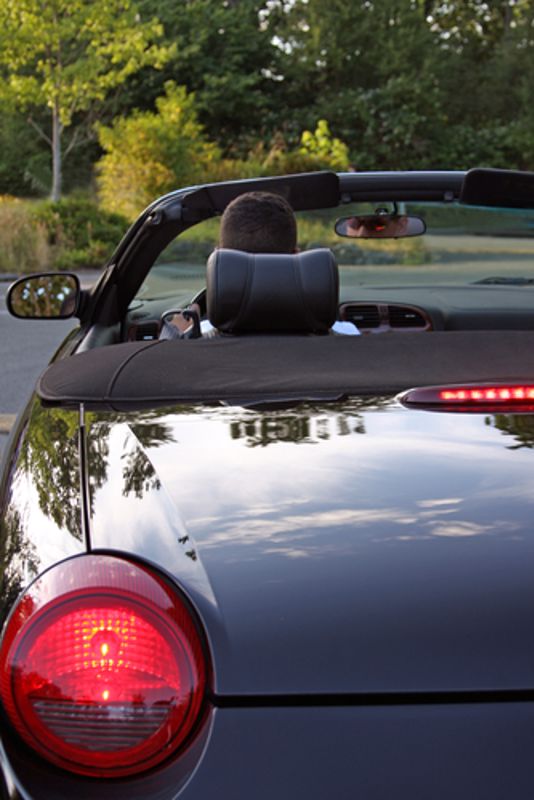

Summer is just around the corner, and as the weather becomes nicer, there's no time like the present to hit the open road. However, if a car has been sitting for an extended period of time, it might be wise to inspect the braking system beforehand. While brake wear and tear is typically associated with daily driving or heavy use, for example summer road trips, different components of a car's braking system may also become compromised by lack of use.

Getting started
Before peering into the wheel wells, it's a good idea to do a visual observation of the external surfaces of the vehicle. Red flags such as severe rust and corrosion, or caked-on dirt, mud and grime, could reflect deeper issues. In an extreme example, if a car has been sitting long enough to grow moss on its outer surfaces, that is probably a good indication work needs to be done prior to safely driving it. Wheel hubs are a particularly vulnerable area of the braking system, as they are exposed to both external elements and the heat generated by brakes as they slow a car. While typically manufactured with this in mind, extreme temperature fluctuations can accelerate damage.
An especially critical — but often overlooked — component of the braking system requiring inspection is the brake fluid. In many older cars, a driver may be able to look under the hood and check levels themselves. Newer cars may have sensors that alert drivers to low levels or fluid pressure, using lights on a dashboard. It might not be possible to check brake fluid oneself in newer cars, so in this case, a trip to the dealer or auto service provider might be warranted.
Brake pads, calipers and rotors
Moving deeper into the braking system, an obvious component to check are the brake pads. While they may not demonstrate the excessive wear and tear of daily driving if a car has been sitting for a while, extreme temperature fluctuations can also damage the pads. Look for obvious signs of compromise, including warping, severe rust and corrosion.
While inspecting the brake pads, it's also a good idea to assess the health of the calipers. Calipers can develop corrosion like any other component of the braking system, and end up sticking to the pad or causing other issues while braking. Included in the caliper system are pistons that feature a rubber seal, which can deteriorate over time and lead to reduced braking capacity, brake fluid leaks and more.
Finally, it's also a good idea to inspect the brake rotors. Rotors are, like most other components of the braking system, susceptible to corrosion. They disperse a large amount of heat, and if this is not accomplished properly, it might be possible to see visual signs such as spotting and rings on the surface. Issues with the brake calipers can also damage the rotors, including the development of "dishing" as a result of uneven pressure applied over time.
The proper working condition of brakes is an important part of safe driving and requires both awareness and knowledge. Greening Associates, Inc. is available to serve as a resource to help educate drivers and service braking systems for vehicles of any description.
Greening Testing Laboratories is a fully certified brake testing lab that provides a variety of brake testing services worldwide. Contact Greening for a complimentary consultation.